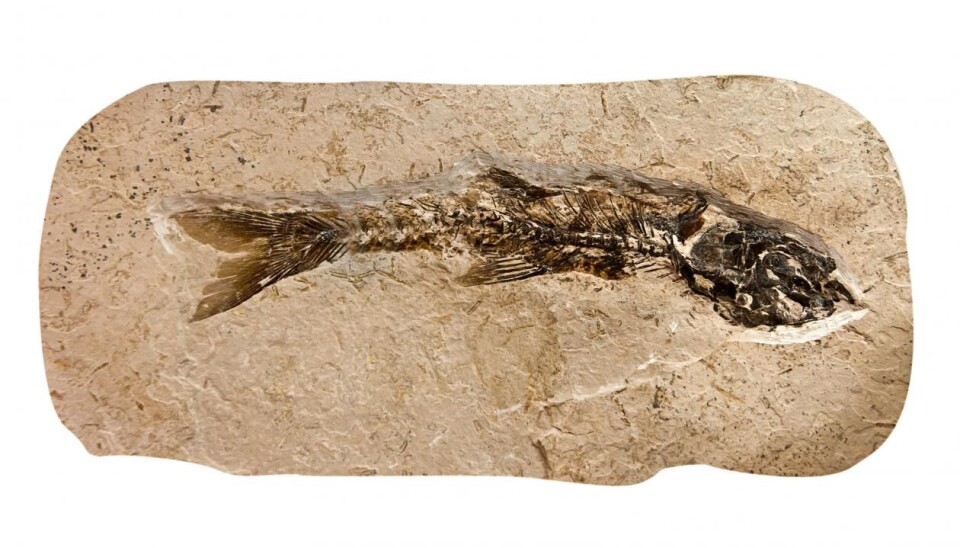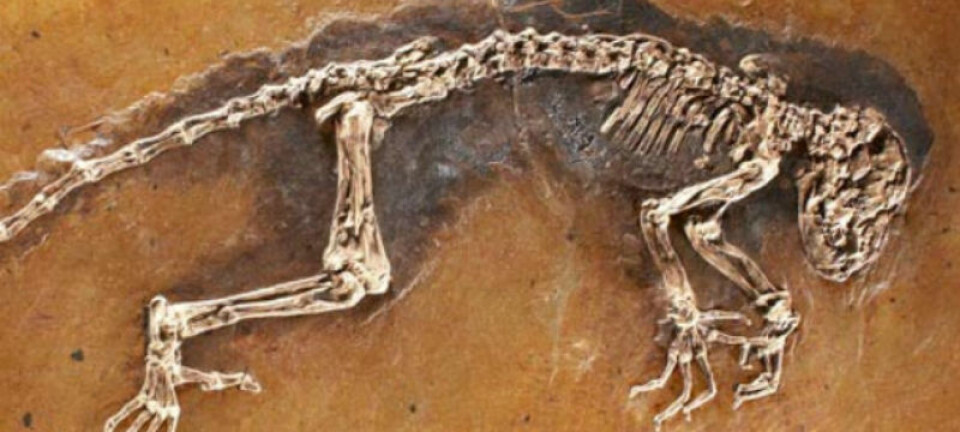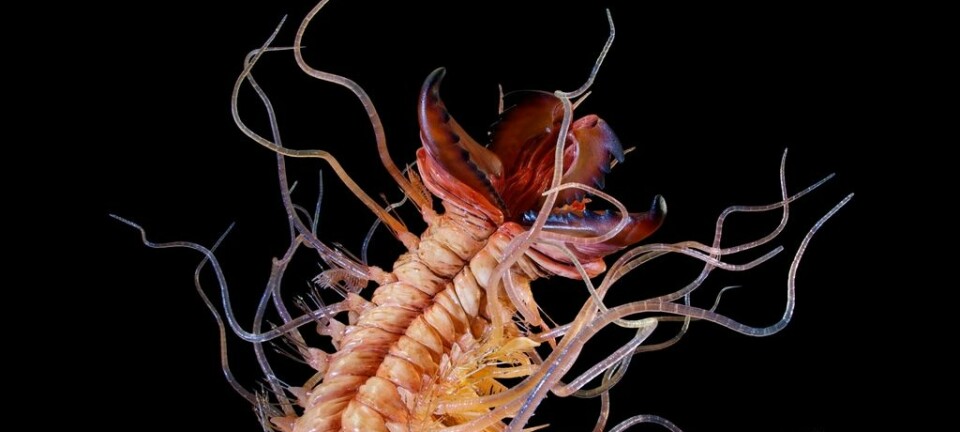This article was produced and financed by University of Bergen

Testing the fossil record
Does the fossil record paint an accurate picture of the history of life? Norwegian geobiologist believes that fossils can tell us a lot about the evolution of life, but also about the evolution of Earth itself.
Researcher Bjarte Hannisdal is a co-author of an article in the journal Nature Communications, in which he and two colleagues ask a long-standing question: How good is the fossil record?
Palaeontologists have developed methods to try to identify and correct for bias and incompleteness in the fossil record. The new study, published on 4 September 2014, suggests that some of these correction methods may actually be misleading. The work is led by Dr Alex Dunhill (University of Leeds, formerly at the Universities of Bath and Bristol), together with Hannisdal and Professor Michael Benton (University of Bristol).
Back to the origin of animals
Hannisdal works as a research fellow at the Centre for Geobiology at the University of Bergen (UiB) in Norway. He describes his work as studying interactions between geological and biological changes in Earth’s history.
“The Earth keeps changing. Life keeps evolving. And there is a link between the two, where both can influence one another,” says Hannisdal. “These types of issues are central to my research in general and also underpin this particular study.”

The trio have compared biodiversity through the last 550 million years of the British fossil record against a number of geological and environmental factors including the area of sedimentary rock, the number of recorded fossil collections and the number of named geological ‘formations’. All of these measures had been used as yardsticks against which the quality of the fossil record could be assessed – but the new study casts doubt on their usefulness.
The case of Great Britain
The British rock and fossil records were used as a case study, because the British Isles have been extensively mapped and documented by geologists for over 200 years.
“We suspected that the similar patterns displayed by the rock and fossil records were due to external factors rather than the number of fossils being simply dictated by the amount of accessible rock. Our work shows this is true. Factors such as counts of geological formations and collections cannot be used to correct biodiversity in the fossil record,” says Alex Dunhill.
The study benefits from the application of advanced mathematical techniques that not only identify whether two data sets correlate, but also whether one drives the other. The results show that out of all the geological factors, only the area of preserved rock drives biodiversity. Therefore, the other geological factors; counts of fossil collections and geological formations, are not independent measures of bias in the fossil record.
“We can learn more by analysing old data in new ways, than by analysing new data in old ways,” says Hannisdal.
A new view of the fossil record
The discovery fundamentally alters the way we view the fossil record of life through time. It shows that both the preservation of rock and the preservation of fossils were probably driven by external environmental factors like climate change and sea level. This better explains the similarities between the rock and fossil records, as both responding to the same external factors. The alternative idea, that rock preservation was driving the fossil record is now strongly queried by this study. Perhaps the record of biodiversity in the fossil record is more accurate than previously feared.
Michael Benton from the University of Bristol, another co-author of the study, said: "Palaeontologists are right to be cautious about the quality of the fossil record, but perhaps some have been too cautious. The sequence of fossils in the rocks more or less tells us the story of the history of life, and we have sensible ways of dealing with uncertainty. Some recent work on ‘correcting’ the fossil record by using formation counts may produce nonsense results," says Michael Benton.
Debate on-going ever since Darwin
According to the researchers, the incompleteness of the fossil record was first highlighted by Charles Darwin, and it has worried scientists ever since.
“The pioneers of geology collected large quantities of fossils to map Earth’s history. They were able to describe how different groups of plants or animals appeared, dominated for a while, and then disappeared, like the dinosaurs. Since then, fossils have been considered among the most important evidence for biological evolution,” Hannisdal explains.
However, in his book on the origin of species, Darwin argued that the fossil record was far too incomplete to give a reliable picture of evolution. He compared it to trying to reconstruct the content of a book based on a few isolated words and phrases.
“It was important for Darwin to stress that his mechanism of natural selection was about small changes gradually accumulating over time,” says Hannisdal. “He knew that the opponents of his theory would use the fossil record against him, because it seemed to show that species arose and disappeared without gradual transitions. But Darwin was right in pointing out how the fossil record is influenced by geological processes.”
Hannisdal believes that these issues are as relevant today as in Darwin’s time.
“Now there are millions of fossils in museums worldwide and large, global databases, where this material is analysed,” he says. “We know that we capture a biological signal that helps us understand how life on Earth has evolved. But we also see that this is closely intertwined with geological changes. Answering these questions require both biology and geology.”
When bio met geo
The link between geology and biology may seem obvious, but geobiology is a relatively recent addition to the world of academia. UiB’s Centre for Geobiology, where Hannisdal works, was established in 2007, when it was awarded status as a Centre of Excellence (SFF) by the Research Council of Norway. The centre is also a pioneer in this interdisciplinary field of study.
Hannisdal recently received a grant from the Bergen Research Foundation as part of their recruitment programme, with an aim to establish and develop world-leading research in Bergen. He simultaneously received a grant from the Research Council, and is currently recruiting his own, interdisciplinary research team.
































